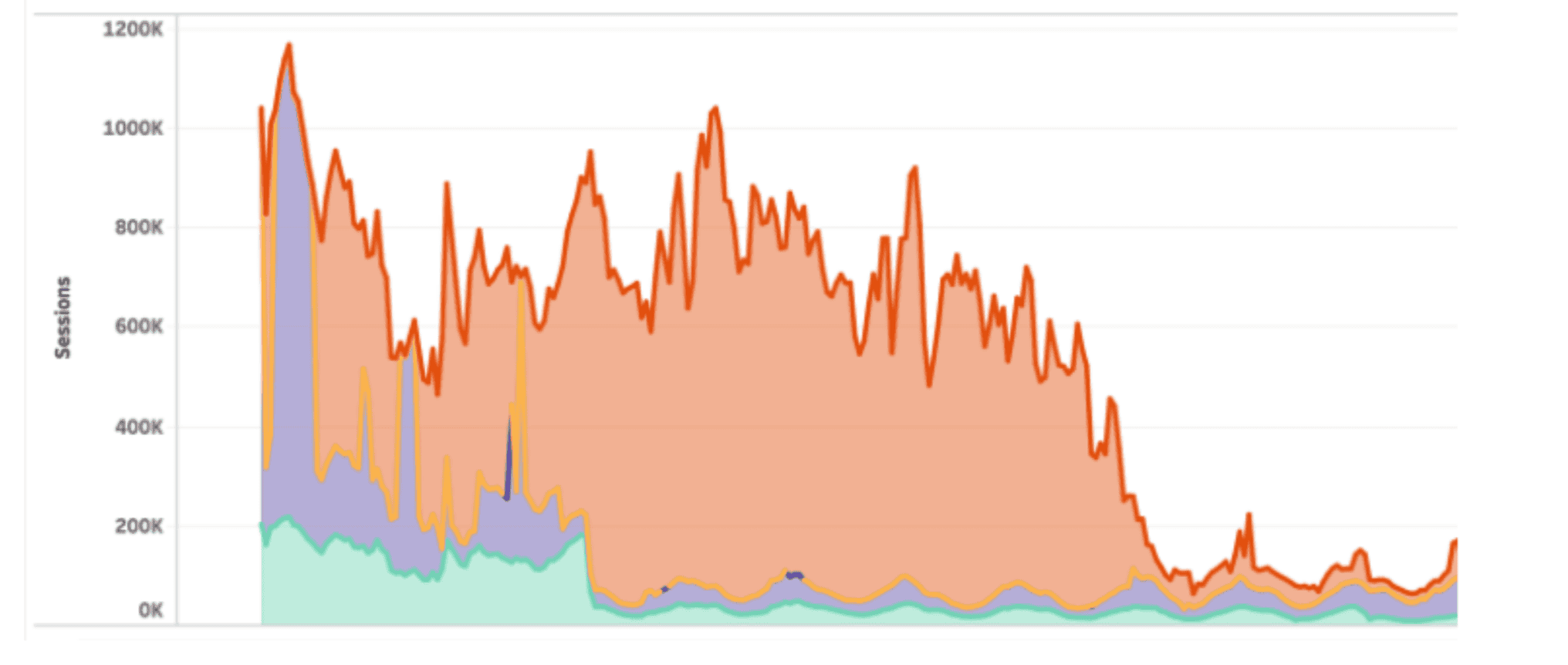When a good user goes to an online gaming platform, they register for the service only once with valid identifiers such as an email address, a phone number they use, or a user ID and a password that they intend to continue using. Once registered, they would continue coming back to the platform over time. Compare that to a bad actor’s mindset, wherein they would use fake information, often creating a random ID generator and automating the registration process to generate fake accounts. Those fake accounts are then used for multiple malicious purposes such as fake followers or spamming. They might also use a recently breached list of user IDs and passwords to take over an account and conduct activities such as credit card fraud.
This fundamental understanding works behind the attribute aggregation engine that Arkose Labs has recently launched. This super flexible engine can track one or multiple fingerprints seen on all customers at a per-customer level across the entire Arkose platform and helps with determining various mathematical aggregations, such as velocities and accelerations, to fight fraud.
Our internal analysis on a lot of recent and historical attacks have shown strong correlation between these aggregations and fraudulent intent. During one such attack window on a customer (in the graph shown below), we identified approximately 96% of the attack can be mitigated using the newly developed capability.
The engine has been built to scale and also helps with tracking fingerprint associations and age on the Arkose platform so we know the probability of a new fingerprint being suspicious.
The Attribute Aggregation engine will be one of the multiple sophisticated detection methods Arkose Labs has developed to combat attackers that takes a variety of approaches to attacking our customers.
In this modern digital world, fraud and cybercrime is becoming more sophisticated and differentiating between good and bad users is increasingly difficult. To find out how Arkose Labs can help your business fight attacks, click here for a demo.

